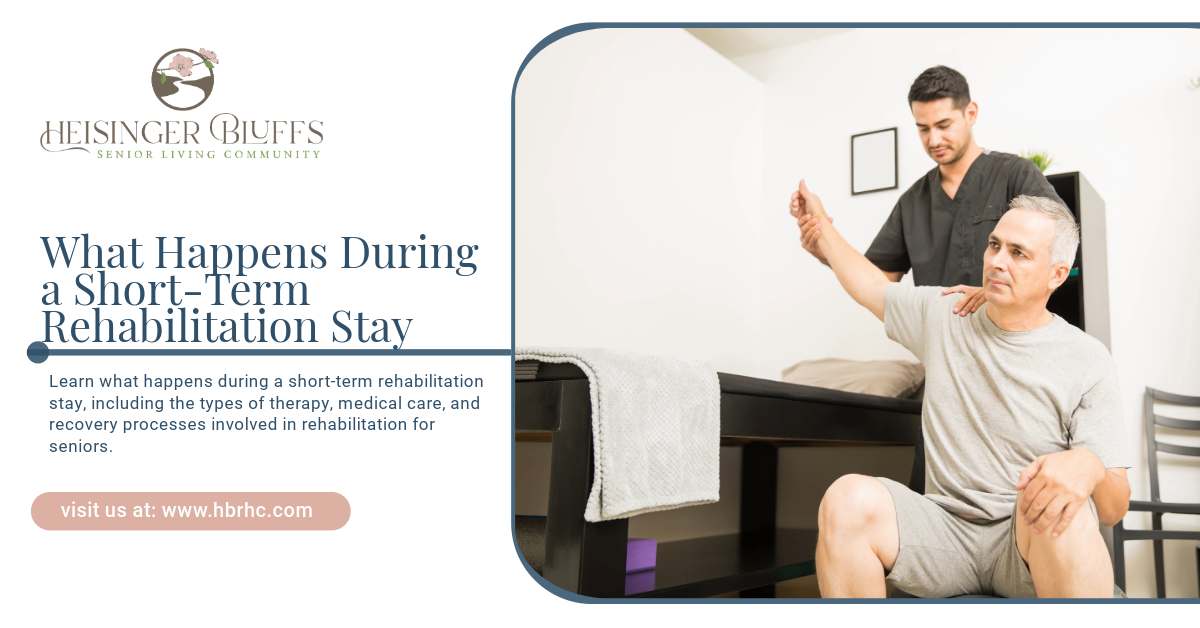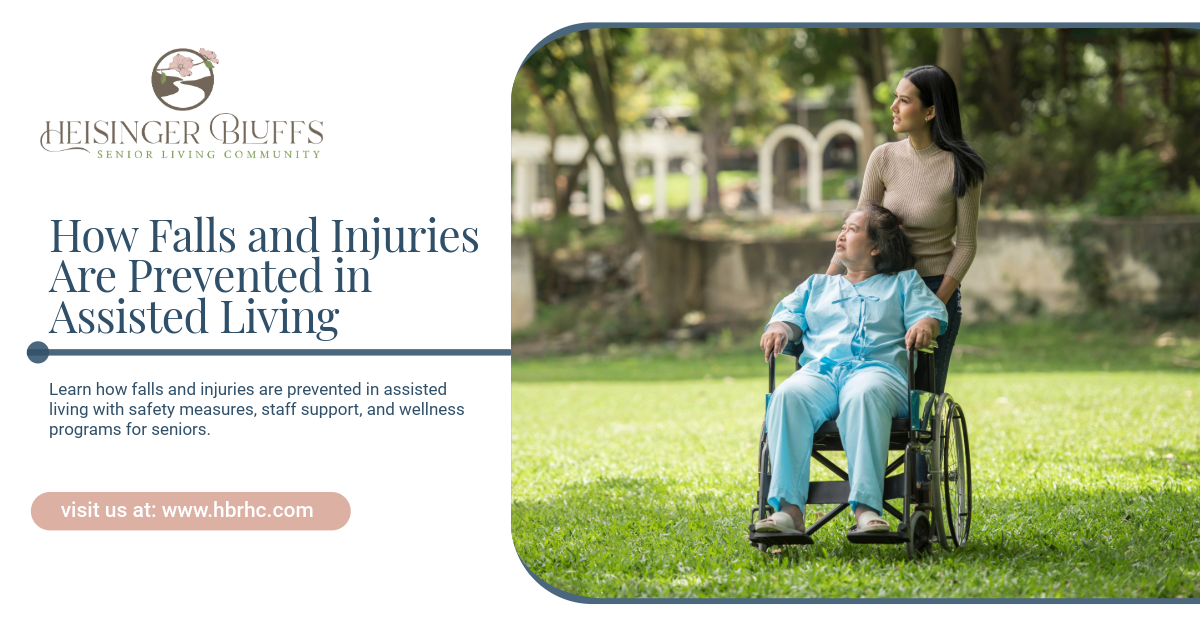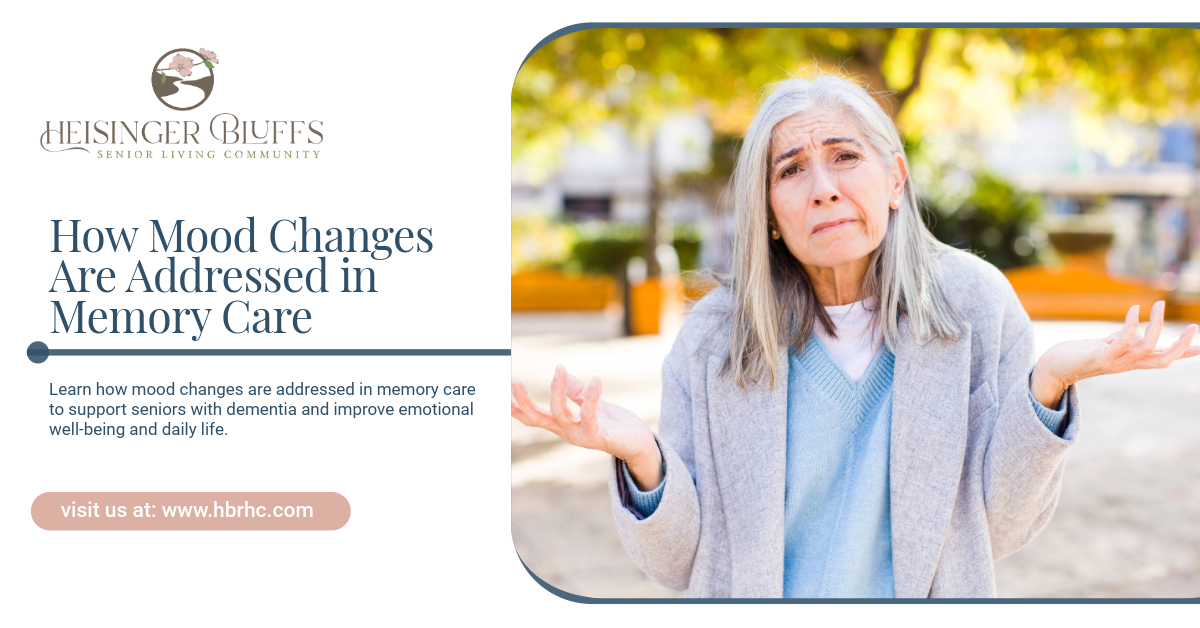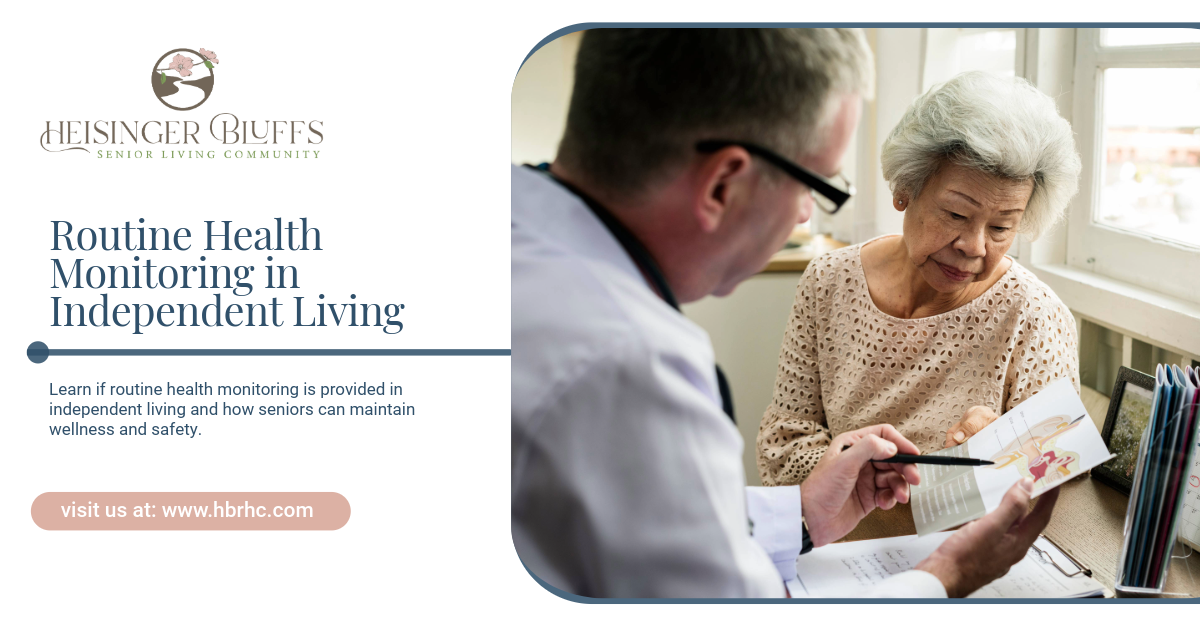Understanding What Happens During a Short-Term Rehabilitation Stay

Short-term rehabilitation is a critical service for seniors recovering from surgeries, illnesses, or injuries. Whether a person is recovering from a hip replacement, a stroke, or other health concerns, short-term rehabilitation provides the necessary support to regain strength, mobility, and independence. If you or a loved one is considering short-term rehabilitation, understanding what happens during the stay can help reduce any uncertainties and make the transition smoother.
In this blog post, we’ll take a deep dive into what to expect during a short-term rehabilitation stay. From the different types of therapy provided to the healthcare support offered, we will explore how short-term rehab can accelerate recovery and improve the quality of life for seniors. Let’s walk through the steps involved, ensuring you’re fully informed before your stay or the stay of a loved one.
What is Short-Term Rehabilitation?
Short-term rehabilitation is a temporary, intensive form of care typically provided after a hospital discharge. The goal is to help individuals regain their independence and restore their ability to perform daily activities that may have been affected by an injury, surgery, or illness. Short-term rehab facilities are specifically equipped to meet the needs of individuals who require intensive therapy, medical management, and monitoring to continue recovery in a safe environment.
These stays usually last for a few weeks, though the duration depends on the individual’s recovery needs and progress. The length of stay is typically determined by a healthcare professional after assessing the patient's condition.
What Happens During a Short-Term Rehabilitation Stay?
1. Admission Process and Initial Evaluation
The journey to a short-term rehabilitation stay begins with the admission process. Whether it’s following a surgery, hospitalization, or medical issue, your healthcare provider or physician will often be involved in coordinating the transition to rehab care.
Assessment and Evaluation
Upon admission to the rehabilitation center, the first step is a comprehensive assessment by the healthcare team. This evaluation helps determine the best course of treatment for the individual. Healthcare professionals, including doctors, physical therapists, occupational therapists, and speech-language pathologists, work together to create a personalized rehabilitation plan.
The evaluation will typically cover:
- Medical History: Understanding past illnesses, surgeries, medications, and treatment history.
- Current Condition: Assessment of the injury, illness, or surgery that led to the rehabilitation stay.
- Functional Abilities: Evaluating the individual’s ability to perform daily activities such as walking, dressing, and bathing.
- Goals: Discussing goals for recovery, such as regaining mobility, improving strength, or learning how to manage medications.
2. Types of Therapy Provided
Short-term rehabilitation centers offer several types of therapy to help seniors recover physically, cognitively, and emotionally. These therapies are customized to meet individual needs, and they often take place multiple times a day, depending on the severity of the condition and the recovery goals.
a. Physical Therapy (PT)
Physical therapy focuses on improving strength, mobility, and function. For seniors, physical therapy may be required after surgeries like joint replacements or following health events like a stroke. Physical therapists work with patients to:
- Rebuild strength and flexibility
- Improve balance and coordination
- Increase range of motion
- Reduce pain and swelling
Therapists may use a variety of techniques, including exercises, walking regimens, and aquatic therapy, to help patients regain their independence and mobility.
b. Occupational Therapy (OT)
Occupational therapy helps individuals regain the skills necessary for daily living tasks, such as dressing, eating, grooming, and managing household chores. For seniors, this therapy can be essential in learning how to live independently after an injury or illness. Occupational therapists work to:
- Improve fine motor skills (e.g., buttoning a shirt, using utensils)
- Rehabilitate cognitive abilities related to task management and memory
- Adapt the home environment to ensure safety and accessibility (e.g., adding grab bars, adjusting furniture)
Occupational therapy helps seniors regain functional independence, enabling them to take care of themselves and live more comfortably.
c. Speech-Language Therapy (SLP)
Speech-language therapy is typically recommended for individuals who have suffered from a stroke, neurological conditions, or surgeries that impact communication or swallowing. Speech therapists work to:
- Improve communication skills through speech exercises and language comprehension activities.
- Enhance cognitive skills, especially in individuals recovering from brain injuries or strokes.
- Address swallowing difficulties, ensuring safe and effective eating and drinking.
This therapy is key for individuals who experience challenges in expressing themselves or eating post-surgery or illness.
d. Recreational Therapy
Recreational therapy is designed to improve mental and emotional well-being. It often involves activities such as games, arts and crafts, and exercise to promote social interaction, physical fitness, and emotional support. Seniors can also participate in group therapy sessions to build a sense of community and reduce feelings of isolation or depression during recovery.
3. Personalized Care Plans
Short-term rehabilitation stays are not one-size-fits-all. Upon arrival, each patient is assigned a personalized care plan that is created based on their individual needs, abilities, and goals. These plans are tailored to provide the most effective recovery experience.
Care plans may include:
- Frequency of therapy sessions (i.e., how many times per day or week a person will engage in therapy)
- Nutritional guidance to promote healing and recovery
- Pain management strategies, including medication or non-pharmacological approaches
- Assistive devices (e.g., walkers, braces, or mobility aids)
As the individual progresses in their recovery, the care plan may be adjusted to ensure that they continue to meet their goals.
4. Medical Monitoring and Support
During a short-term rehabilitation stay, the medical team continuously monitors patients to track their recovery progress and address any health issues that arise. This ongoing support is especially important for seniors who may have chronic conditions or require more intensive medical care.
Some of the services provided include:
- Monitoring vital signs, including blood pressure, heart rate, and oxygen levels.
- Medication management to ensure patients are taking their prescribed medications as needed.
- Wound care for individuals recovering from surgeries or injuries.
- 24-hour nursing care to address any medical concerns or emergencies.
5. Recovery and Discharge Planning
A short-term rehabilitation stay is designed to help individuals recover enough to return home or transition to a lower level of care. Recovery is typically a gradual process, and the medical team will ensure that seniors are physically and emotionally ready for discharge before they leave the facility.
Discharge Planning
Discharge planning begins as soon as the patient is admitted, ensuring a smooth transition home. The discharge process may involve:
- Education for the patient and family on how to manage care at home.
- Coordinating follow-up appointments with doctors and therapists.
- Recommendations for home care services, if needed.
- Referrals to outpatient therapy to continue rehabilitation after leaving the facility.
The goal is to ensure that patients are fully prepared for a safe return to home life.
6. Family and Emotional Support
A short-term rehabilitation stay can be a difficult transition for both the individual and their family. Family members often feel concerned about their loved one’s recovery and want to ensure that the person is comfortable and well-cared for.
Many rehabilitation centers offer family counseling and support, helping families understand the rehabilitation process and how they can be involved in their loved one's recovery. Communication with the medical and therapy team is encouraged to ensure that families are informed about progress and any changes in the treatment plan.
Conclusion
A short-term rehabilitation stay offers crucial support for seniors recovering from surgery, injury, or illness. With personalized care plans, intensive therapy sessions, medical monitoring, and emotional support, these programs are designed to help seniors regain their independence and improve their overall well-being. By working with an experienced team of healthcare professionals, individuals can recover more quickly and safely, making a smoother transition back to their everyday lives.
If you are considering short-term rehabilitation for yourself or a loved one, Heisinger Bluffs offers a caring, supportive environment where seniors can receive the comprehensive therapy and medical care they need for a successful recovery. Our dedicated staff and individualized approach ensure that each resident is given the best possible chance to return home and live independently.
Frequently Asked Questions
How long does a short-term rehabilitation stay last?
The duration of a short-term rehabilitation stay typically ranges from a few days to several weeks, depending on the individual’s needs and recovery progress.
Is short-term rehabilitation covered by insurance?
Many insurance plans, including Medicare, cover short-term rehabilitation stays, especially if they are medically necessary following surgery or hospitalization. It’s important to check with your insurance provider to confirm coverage details.
What should I bring for a short-term rehabilitation stay?
Patients should bring comfortable clothing, personal hygiene items, medications, and any necessary mobility aids. It’s also helpful to bring a list of current medications and medical records for the healthcare team.
Sources:
- https://www.verywellhealth.com/geriatric-physical-therapy-5189469
- https://pmc.ncbi.nlm.nih.gov/articles/PMC10953191/
- https://www.nctrc.org/about-ncrtc/about-recreational-therapy/











